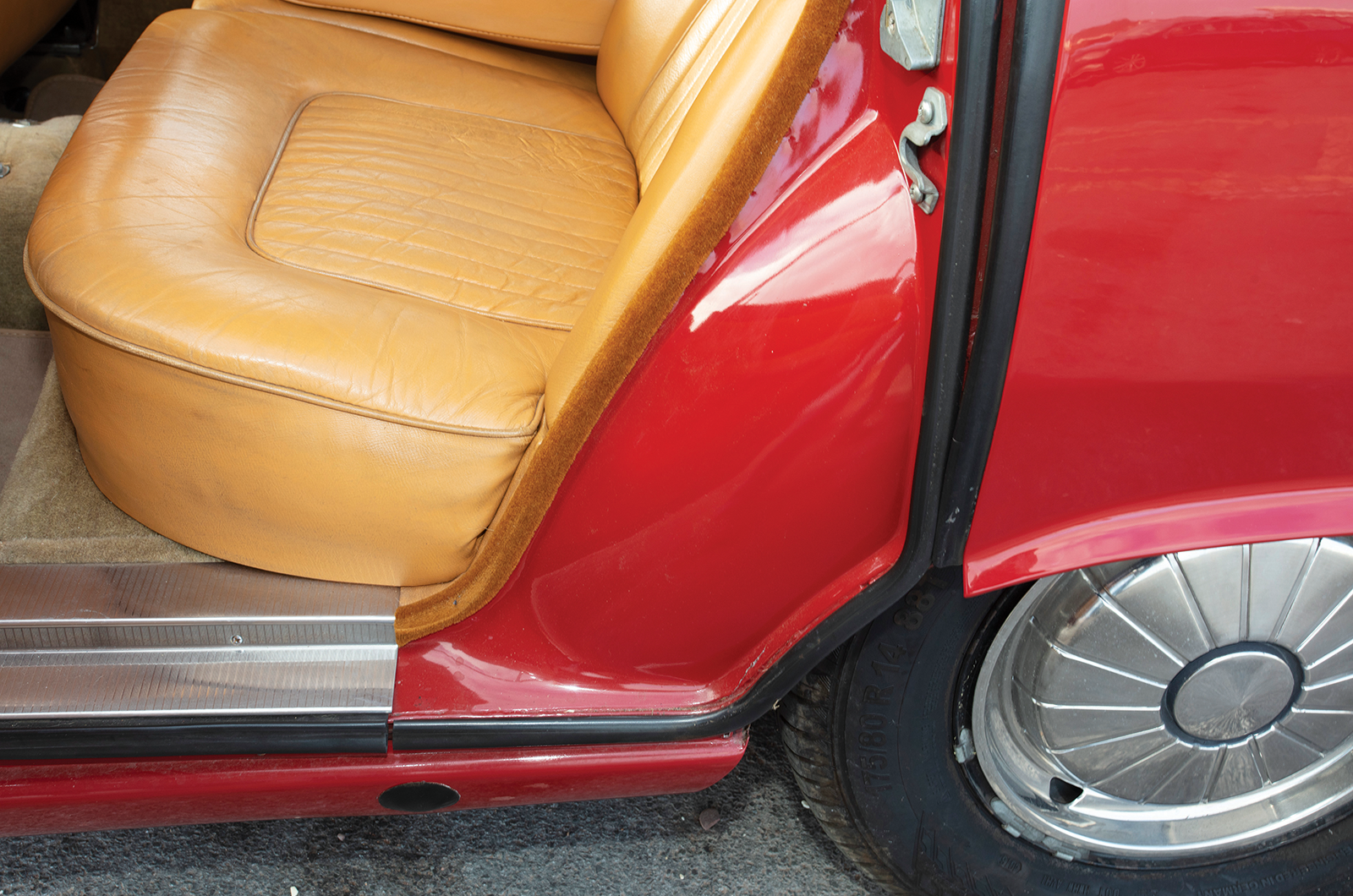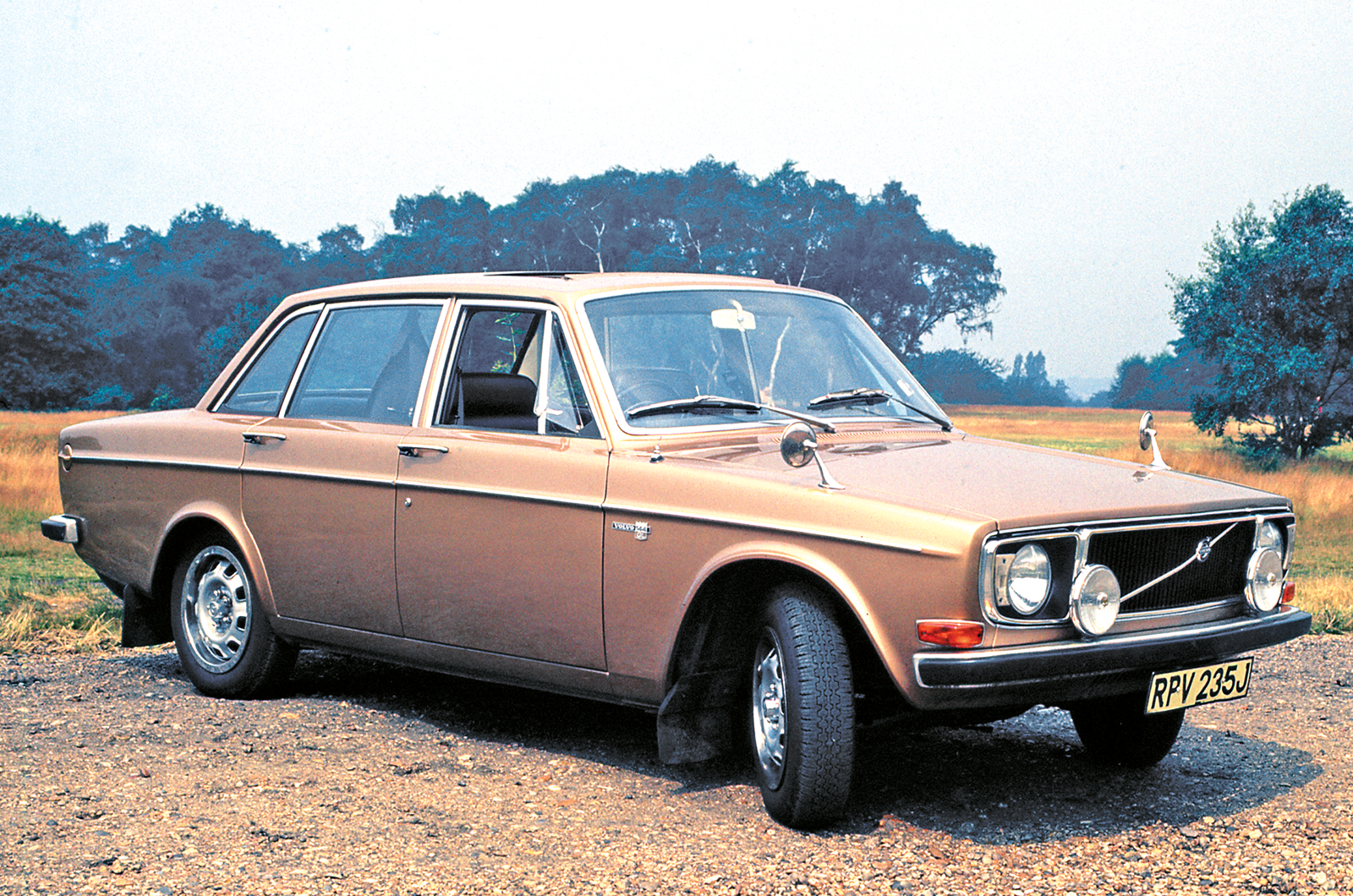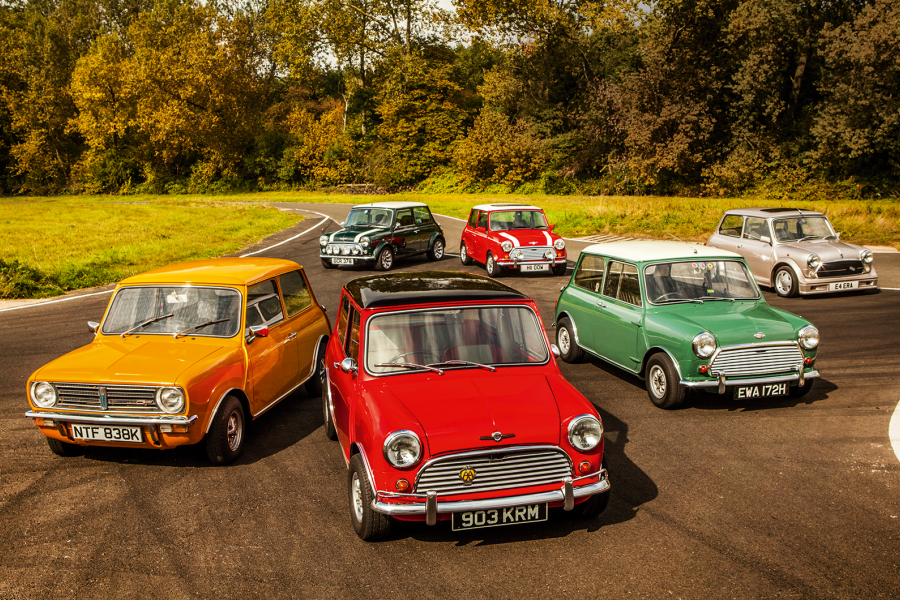
Why you’d want a Rover P6
The P6 shocked Britain with its innovative construction, all-round disc brakes, all-synchro ʼbox, de Dion rear suspension, radial tyres and advanced overhead-cam engine.
It was a huge leap of faith for Rover, which, buoyed by Land-Rover sales, had invested more than £10m to double the size of the Solihull factory to build it.
Rover had toyed with base-unit construction as early as 1953. The hull was designed to carry suspension loads into the centre, with a hugely strong bulkhead.
Unusual front suspension provided space for the gas-turbine engines Rover was developing, though these wouldnʼt reach production.
Another advance was paint applied by electrostatic deposition: wastage was 2% compared to 60% with air spraying.
The new four-cylinder engine featured a ʻsquareʼ bore and stroke, with hemispherical combustion chambers built into the pistons.
The overhead cam was driven by two Duplex chains, while the de Dion rear suspension combined the unsprung-weight advantages of independent with the upright wheels of a live axle.

The extruded aluminium grille was a production first; other modern touches included a one-piece plastic ʻleather-grainʼ dash and Formica imitation-wood trim.















